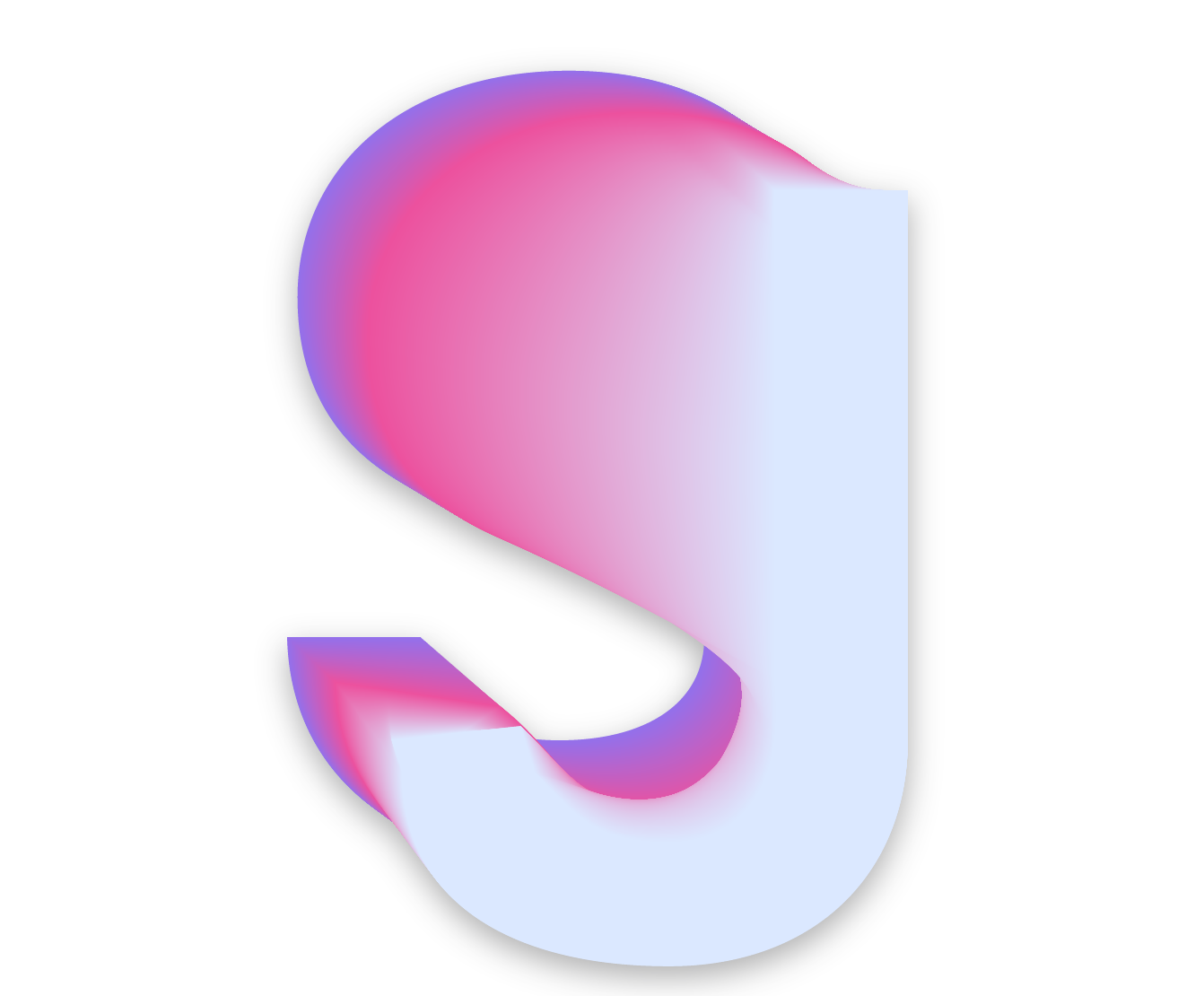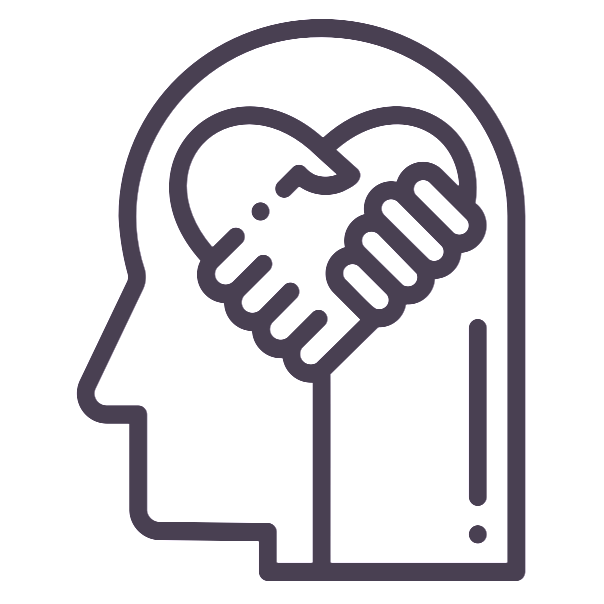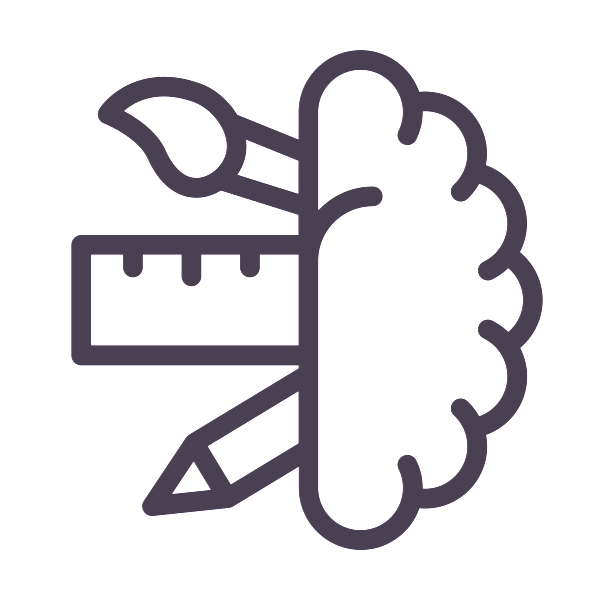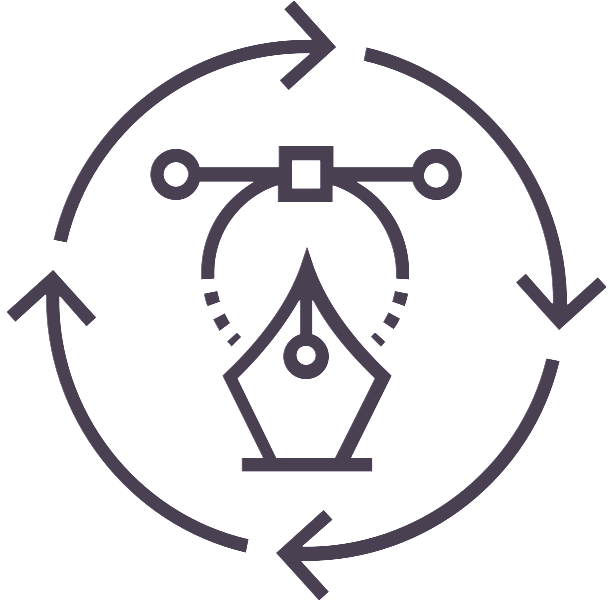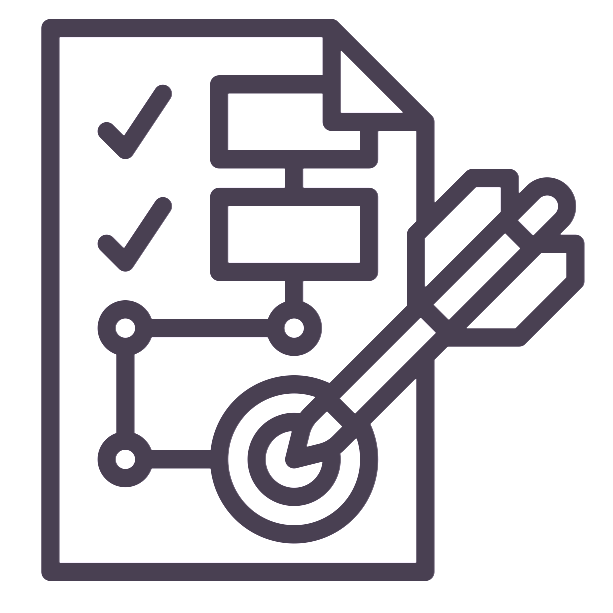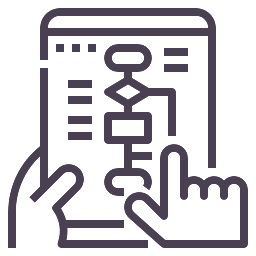MealForge
MealForge is your kitchen co-pilot to conquer mealtime challenges by organizing meal schedules within your household, smart shopping lists, and curated recipes to foster healthier, more sustainable eating routines.
Timeline:
Nov 23 to Jan 24
Team Member:
Simran(Product Designer)
Responsibilities
UX Research, Ideation, User Interviews, Usability testing, UI Design, Prototyping
.png)
.png)

Background
The Sunday ritual was familiar Grocery shopping: meticulously planning meals for the week, carefully crafting a grocery list to avoid waste. Yet, by Wednesday, reality intruded. Work deadlines loomed, motivation waned, and carefully planned meals faded into memory. Often, a forgotten ingredient or an impulse buy at the store meant dinner devolved into frozen pizza or takeout – left feeling sluggish and guilty. As a student, the stakes are even higher. Skipped meals led to battling fatigue, all while stretching a limited budget thin.
Project Goals
-
Addressing decision fatigue caused by an overwhelming number of recipe options.
-
Reducing food wastage through efficient meal planning and utilization of ingredients.
-
Simplifying meal preparation amidst time constraints and coordinating cooking responsibilities within households.
Click to navigate to that section
The Process
In-depth interviews, secondary research, and competitive analysis provided valuable insights into user behaviors, preferences, and existing pain points. These findings guided the design process and feature prioritization, ensuring that MealForge caters to the specific needs of its target audience
Recognizing the Problem
KEY POINTS
Choice Overload
Bombarded with so many options, finding recipes that are quick, healthy and budget-friendly options feels impossible, this abundance becomes paralyzing, leading to decision fatigue and ultimately, ordering takeout, sacrificing both nutrition and savings.
Reduce food wastage
40% of food in the US gets thrown away annually, often due to poor planning and lack of recipe utilization; analyzing the amount, and remembering why those items were bought, Identify user behaviors that lead to food waste (e.g., buying too much, poor storage, unrealistic portion sizes).
Eat healthier while managing Time
Navigating dietary restrictions, allergies, and personal preferences while ensuring nutritional balance can be overwhelming. Between work, errands, and family commitments, squeezing in meal prep feels like an impossible feat. Coordinating cooking and shopping in a household can be another layer of complexity.
Organize cooking with your household members
Explore the challenges of coordinating meal planning and cooking responsibilities within households, Analyze how existing solutions facilitate collaborative meal planning and cooking (shared calendars, grocery lists, recipe sharing). Mealtime becomes a logistical nightmare, creating tension and resentment instead of joyful collaboration.
Understanding the market
Identifying competitors was a straightforward process. I began by conducting a simple Google search for "meal planning apps" and also drew from my own experience using similar apps. Following Jamie Levy's approach outlined in her book "UX Strategy," I aimed to identify both direct and indirect competitors. Direct competitors are those individuals or companies offering the same product or service, targeting the same customer base, with the goal of acquiring or converting their customers. Indirect competitors, on the other hand, provide something similar to what I offer, albeit in a different form or aspect of their product or service.
Competitive Analysis of the various platforms helped me understand the features I can focus on and problems I can iterate on.
Pantry inventory tracking to manually or automatically update pantry items with quantity to reduce overbuying.
Grocery delivery services for seamless ingredient ordering directly from the app, with reminders for placing orders in advance.
Virtual cooking sessions like video chat integration during cooking sessions for remote household members.
Smart search filters for ingredients, dietary restrictions, cooking time, cost, meal type, and cuisine
Community-Driven Ratings for recipes creating a users feedback loop for content improvement.
Hands free cooking with hand recognition to move onto the next step and start timers for specific steps.
Interesting Features
During the ideation phase, various opportunities were explored to tackle the identified pain points. Through techniques such as affinity mapping and feature brainstorming, key features were conceptualized. These included meal planning tools, recipe discovery functionalities, community sharing features, and grocery list management capabilities. The ideation phase aimed to create a robust and intuitive meal planning platform that caters to diverse user needs.
Understanding what to priortise
Deepening User Empathy
To highlight key research findings across all user types and aid in our decision-making, we utilized empathy mapping. This helped me make inferences about our users based on their behavior, prioritize where our focus laid, and determine what the most important takeaways were.
Users value features that offer customization and curation, empowering them to exert greater control over their choices and meal planning process.
Users may encounter challenges in finding all preferred grocery items in one location, potentially leading to higher costs elsewhere.
There is a demand for faster meal preparation and cooking times with minimal effort required, reflecting a desire for convenience and time-saving solutions.
Given rising prices, users actively seek out cheaper alternatives, indicating a preference for budget-friendly options.
KEY POINTS
Understanding the Journey
Armed with a better understanding of how users feel about meal planning, I mapped out two user journeys — one defining the student, another for the working professional — revealed emotional nuances of different points of interaction that could be addressed in the solution. This exercise helped me visualize the entire meal planning process from start to finish and identify pain points, bottlenecks, and opportunities for improvement, guiding the development of our features and functionality.
After understanding the user, I sought to focus on specific solutions for this sprint, we wanted to visualize a seamless integration of our higher order features. Combining shorter tasks under each feature, I came up with the user flow for creating the wireframes.
Information Architecture
.jpg)
KEY FEATURES
Collaborative Meal Planning:
Cooking together or task delegation and progress tracking
Recipe Discovery:
Is the user flow logic clear? Can users complete tasks?
Schedule/Calendar:
Meal time and date scheduling; timely reminders to prepare ingredients, start cooking, or purchase required groceries.
Navigation
Automatic list generation; Pantry inventory tracking and grocery delivery services for seamless ingredient ordering directly from the app with reminders for placing orders in advance.
Visualizing a Seamless Integration
With the UX challenges in mind, I took pen to paper and sketched out various ways we can display content across the screens. How could I integrate the smaller tasks with the higher order features.
To uncover gaps in meal planning, I conducted in-person user testing with peers. Low-fidelity prototypes allowed for a more detailed exploration of the user interface and user experience. Potential usability improvements were identified, prioritized, and integrated into the design to enhance overall usability and effectiveness.
Revealing New Shortcomings Through Prototype Testing
What are you trying to test?
Functionality
What all can you understand from Home screen?
Navigation
Is the user flow logic clear? Can users complete tasks?
Motivation of involvement
How many times would you have opened the app daily/weekly/monthly?
Feature importance
How does it help you in terms of achieving your goals?/or not
Connection
Does home screen have all necessary components? Do other main screens? What's missing?
Functionality
How helpful do you think the app is?
User Testing Results
I tested the prototype with 3 users, one student, and two working professionals. I understood that my flows weren't clear enough, I also needed to distinguish the buttons when placed together and match the calender scheduling flow to the existing ones.
A design heuristics evaluation helped me solve these problems by employing principles like Recognition over recall, Match between system and real world, Hick's law and Consistency and standards.
What users pointed out?
General
Why ask what I prefer most?I don’t understand why I have to choose ingredients after choosing a diet.
Discover
Does the Discover page have a breakfast section?
Can it suggest items based on the items in my pantry?
Calendar
Not sure if it is helpful to save multiple meals scheduled for the same time.
The calendar should have guest info and all info on scheduled meals.
There should be a separate sharing and scheduling way.
Shop
I would like to see what items are pending and get reminders to order them for the scheduled meals.
A shopping list should keep track of what you have and what got used.
Items should move from grocery to order to pantry in case of surplus and auto-update both lists.
Household/Friends
I would like to see which meals are scheduled with others and when for. What recipes are scheduled with you?
I would like to be able to share my meal plans with an entire household and assign who is cooking which meal.
I would also like to be able to share recipes with multiple people.
It would be great to be able to make meals on video call or live streaming.
What could be the solved?
Remove confusing ingredient-wise selection. Replace ingredient choosing with other priority customization features like household members. It would be great to be able to make meals while live-streaming chefs or food bloggers.
Add sections that suggest recipes filtered according to pantry items. Add sections for Breakfast, lunch, dinner etc.
Restrict one meal scheduling for one time.
Add more information related to the household.
Make clearer flow for sharing meals with friends and scheduling meals with household members.
Add alert style section for showing items to shop.
Pantry should update what’s cooked and left after each meal cooked. Items should move from grocery to order to pantry in case of surplus. Send reminders to order items needed for day/week.
Grocery list should auto update with what to order for next meals.
Differentiate meals scheduled with different people and with yourself.
Create a household and schedule meals to cook with them or assign to them.
Way to add friends to share meals with them.
It would be great to be able to make meals on video call or live streaming.
UI Design System

Implementing test feedback
Based on user testing results, high-fidelity mockups were developed, adhering to design heuristics. Refinements were made to enhance the user experience, ensuring clarity, efficiency, and intuitive navigation.
The Final Solution
Delve into user pain points beyond assumptions
-
I started out with some assumptions from my own self-directed learning journey but delving more into user interviews and testing I quickly understood that there are more issues than I had identified.
-
While I faced problems with organization of tasks within self paced learning context, users also faced issues such as losing focus and motivation due to absence of supervision and measurable success.
-
What motivates individual is a whole spectrum ranging from incentives to complete tasks, visual progress indicators, and competitive spirit.
Future iterations
-
During our interviews there was an aspect of virtual/real money being an risk based incentive to complete tasks. In my future iteration I would want to explore how gamifying the system with virtual money would yield results.
-
I would also like to focus on reaching out to community members for specific issues like learning together, a blog for questions to ask and follow community leaders.
REFLECTIONS

